Experience a Medieval Festival on the Camino de Santiago
Every year Hospital de Orbigo, Spain hosts the Justas Medievales del Paso Honroso. The first weekend in June brings a celebration of medieval artisans, games, food and music celebrating the legend of Don Suero de Quiñones.
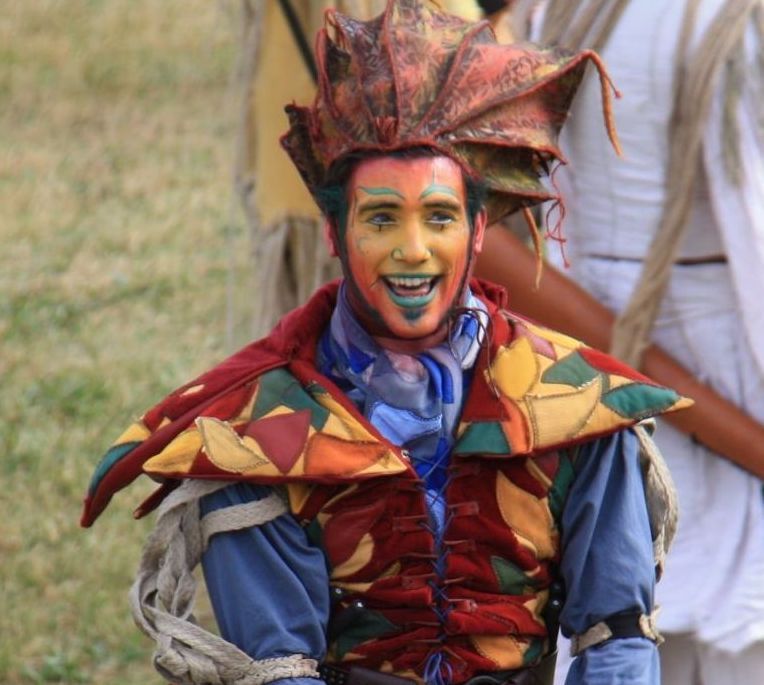
For two days, on the first weekend of June, the town of Hospital de Órbigo in northern Spain revives the medieval traditions of a "Fiestas Históricas," recreating the deeds of Don Suero de Quiñones.
I have gone to this festival three times over the years. Each time I visited, the theme remained the same but there were different groups of performers, folk music, food and craft vendors; making it a new experience every time!
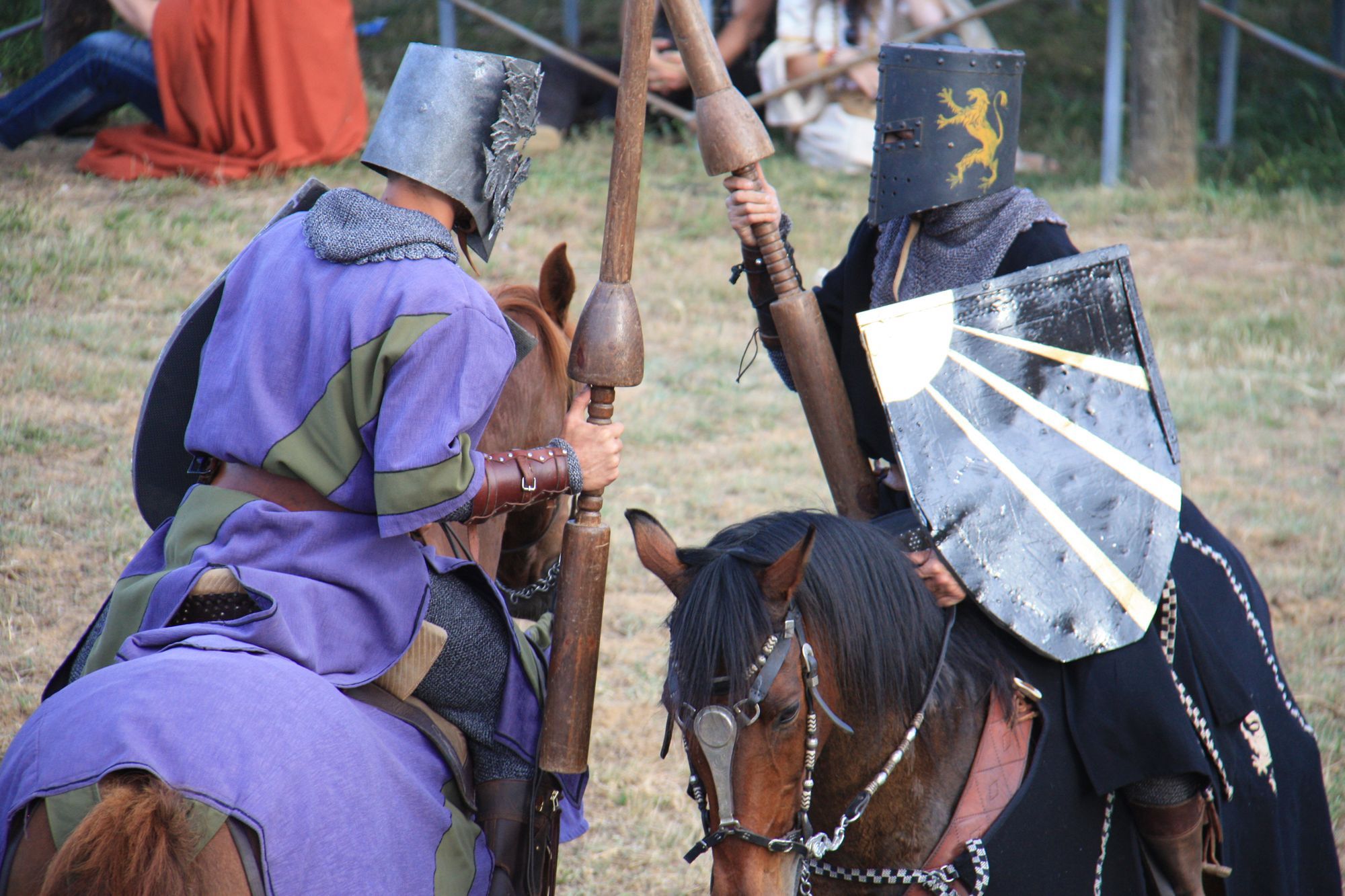
The Story of Don Suero de Quiñones
In love for years with Doña Leonor de Tovar, Don Suero would fast every Thursday with an iron ring around his neck proclaiming his love for her. Wanting to escape this prison of love, he requested to King Juan II of Castile, in Medina del Campo, a passage of arms or Paso Honroso (a ritual of individual combat on horseback) on the bridge in Hospital de Órbigo, on the Camino de Santiago.
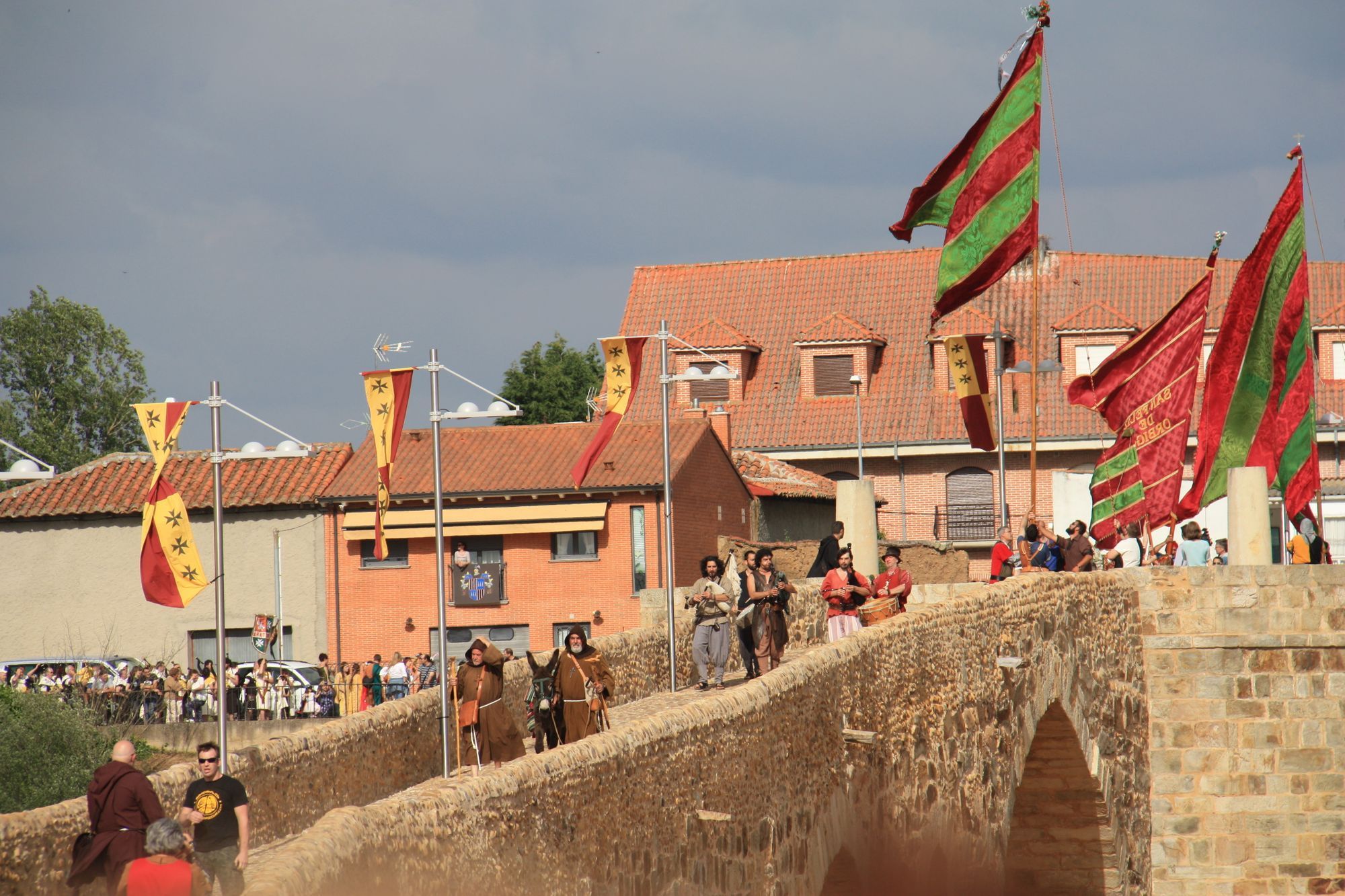
With the king's permission, Don Suero set up his 22 tents, his father constructed platforms of wood where spectators could watch the jousts, and King Juan II proclaimed far and wide throughout Europe of the Paso Honroso.
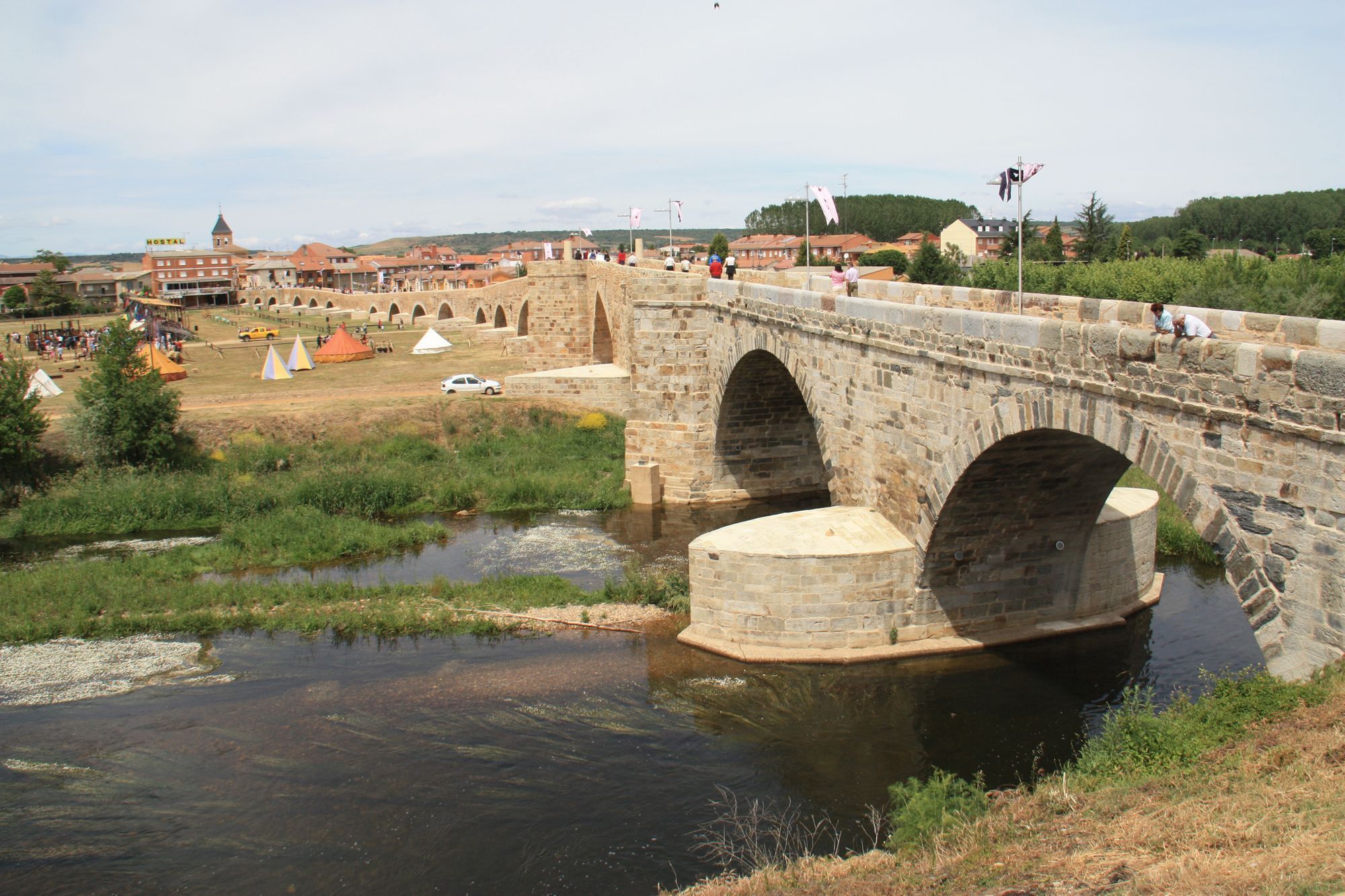
Don Suero de Quiñones and the nine knights who joined him, vowed to block the passage to any knight who wanted to cross the bridge. Don Suero and his fellow knights sought to break three hundred lances in thirty days - 15 days before and 15 days after the 25th of July – Saint James Day.
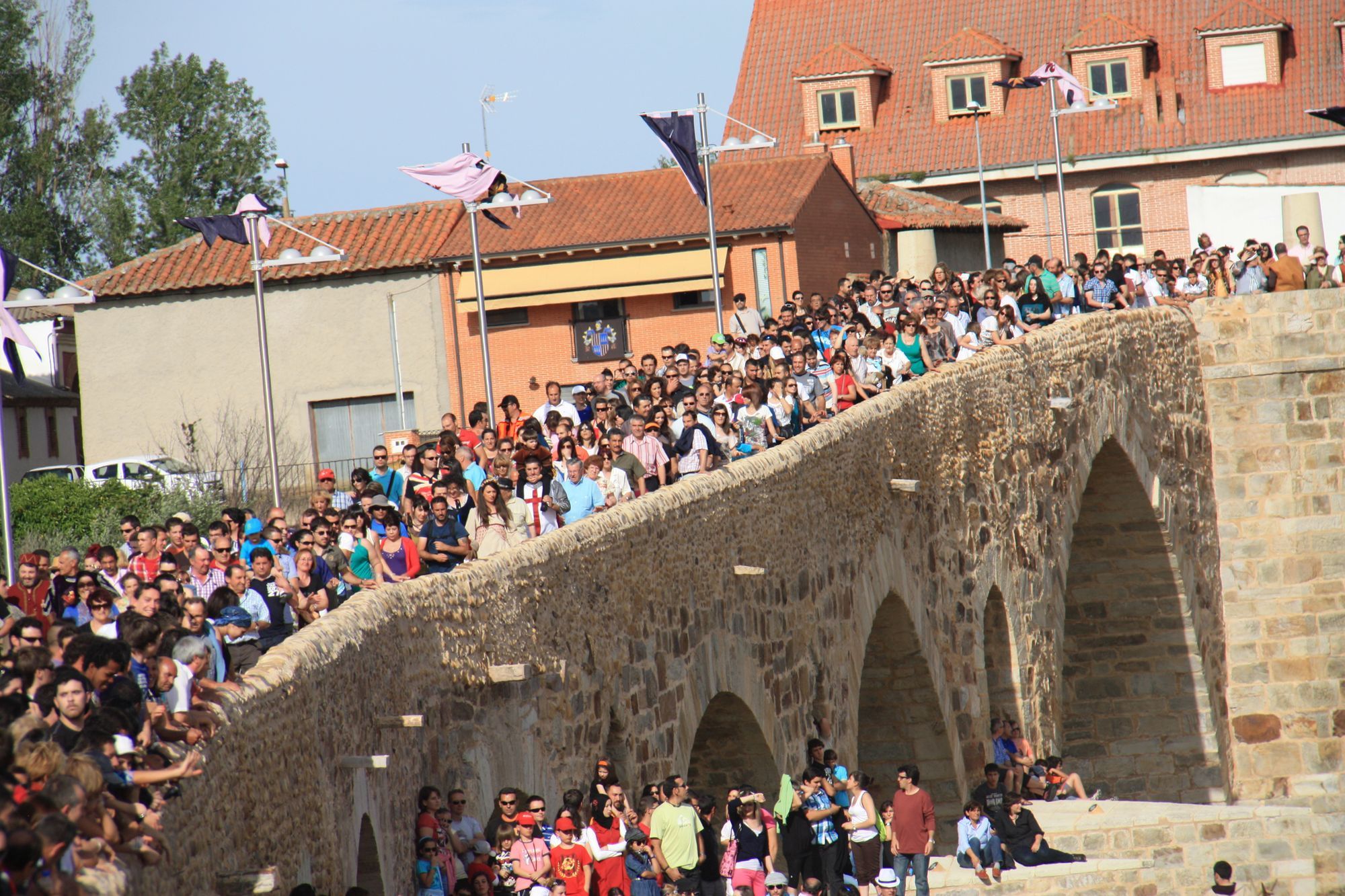
Following strict ceremonial protocol, writs were written proclaiming the Paso Honroso and carried solemnly by the King of Arms. Heralds circulated between the knights and the judges, all was certified by the Notary of the Kingdom.
Every day the Paso Honroso began with a solemn mass and ended with a feast. Even with such strict regulations it did not prevent rivalry between the knights. Knights came from far and wide with the desire to increase their reputation thanks to this most famous event on the Camino de Santiago.
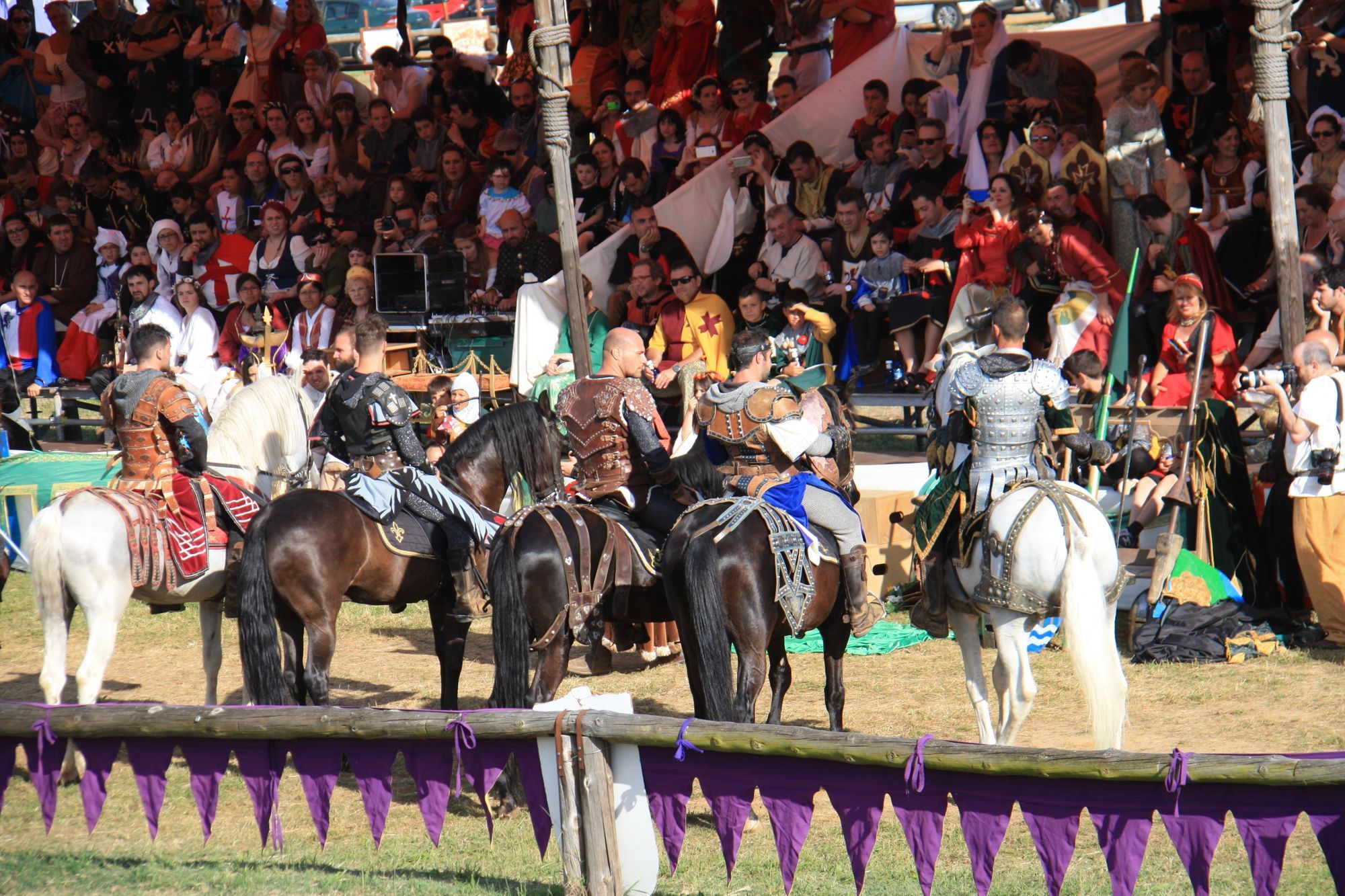
166 battles later, on August 6th, Don Suero and his men were so wounded that they could not continue and declared that the mission was complete. The judges took pity on him and released him from his prison of love.
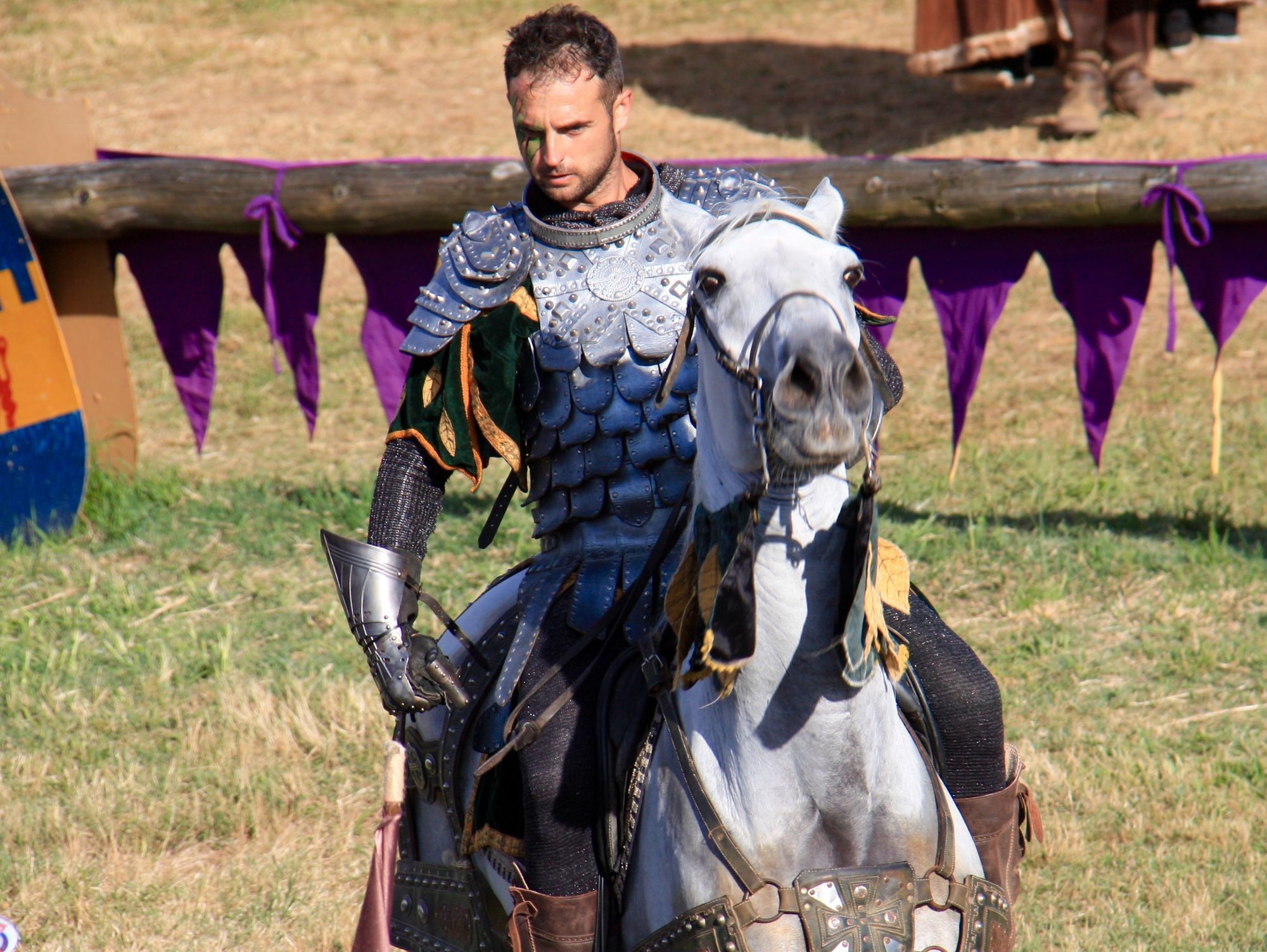
Don Suero then made a pilgrimage to Santiago de Compostela. When he arrived at the tomb of the apostle St. James he left a gold and pearl bracelet with an inscription in French, which today is around the neck of Santiago Alfeo. When he returned he was released from his “prison” and married his love, Doña Leonor de Tovar. With her he had two children.
The famous Don Suero de Quiñones died treacherously twenty-two years later in 1458. He was killed by the henchmen of Gutierre de Quijado, a knight with whom he had defeated in the Paso Honroso and continued to have disputes.
He was succeeded by his son, Diego de Quiñones y Tovar. His castle still stands, albeit in ruins in the village of Villanueva de Jamuz (a post about this place is coming soon).
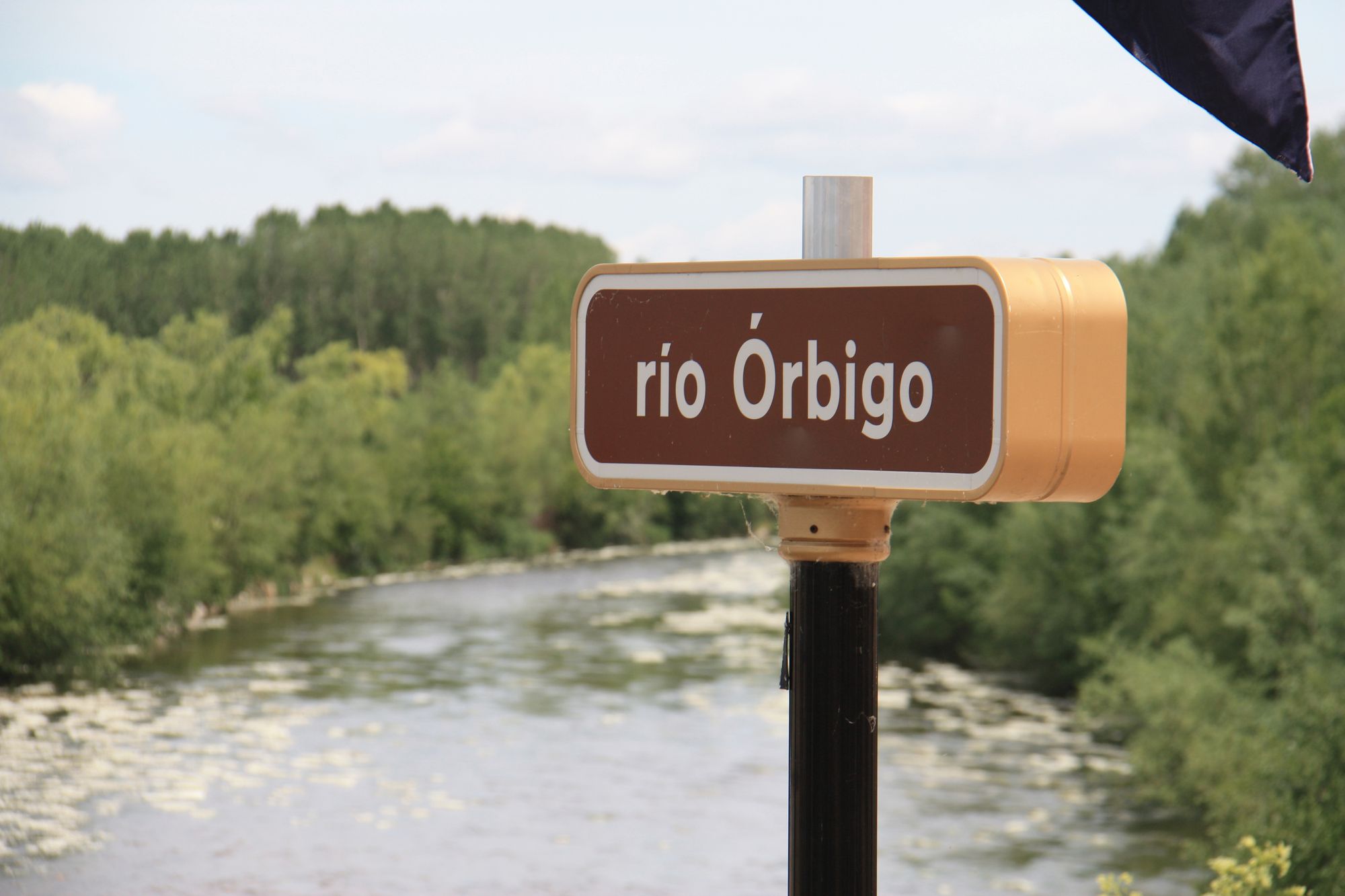
Paso Honroso, a historical fact that became a legend, gives its name to the Hospital de Órbigo Bridge. Don Suero de Quiñones also became legendary in Spanish history and is mentioned in the novel, Don Quixote by Cervantes.
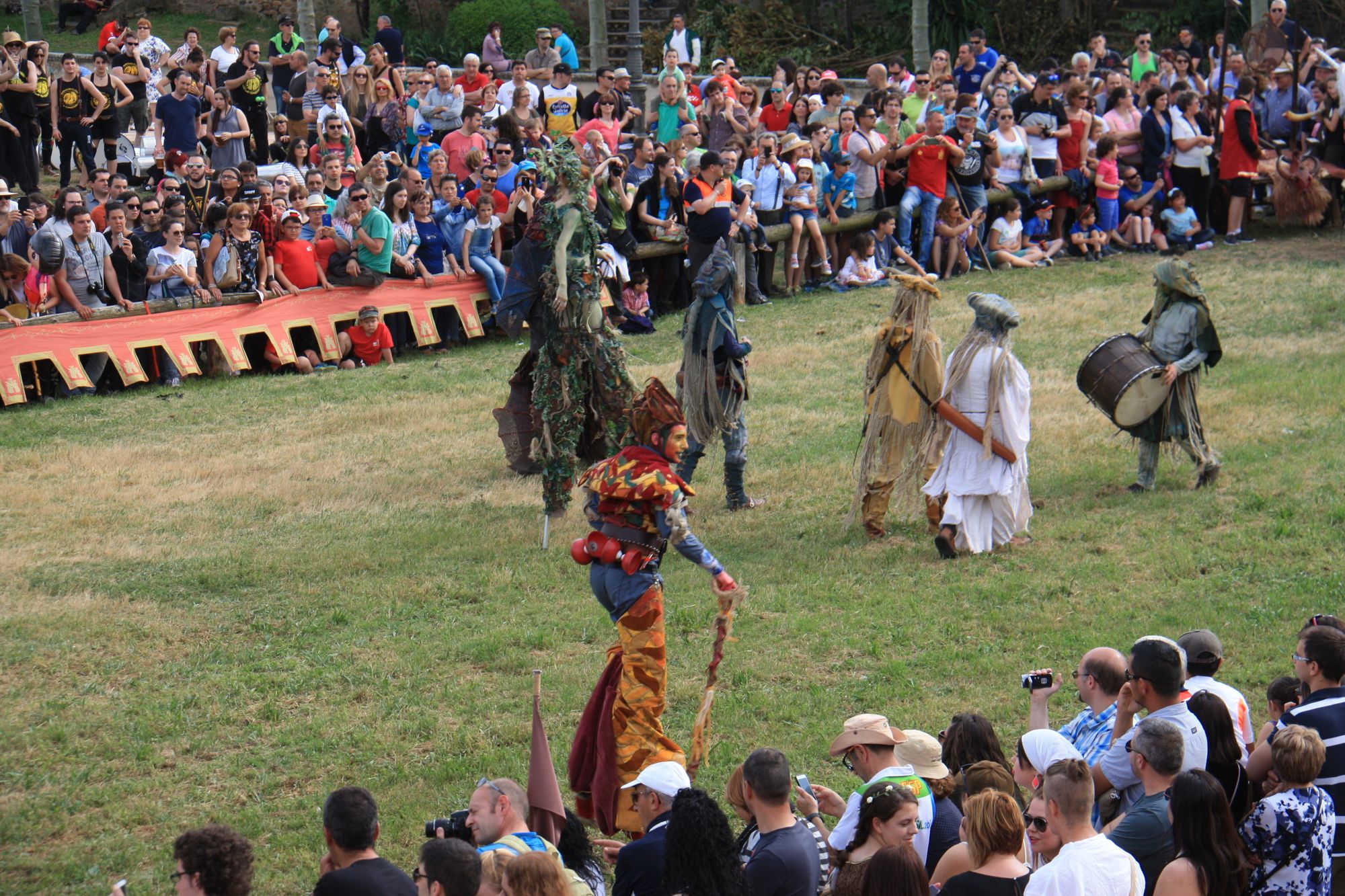
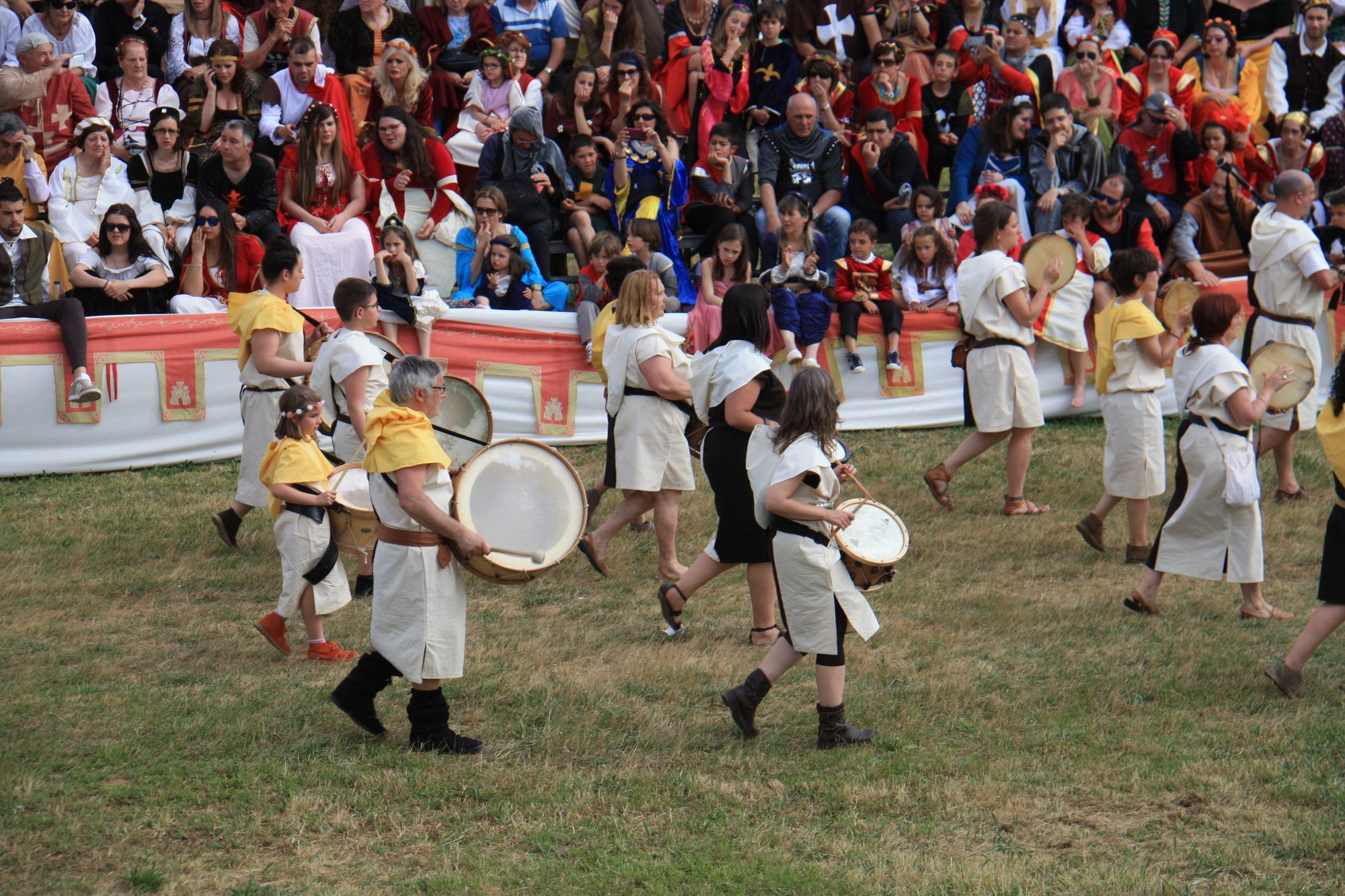
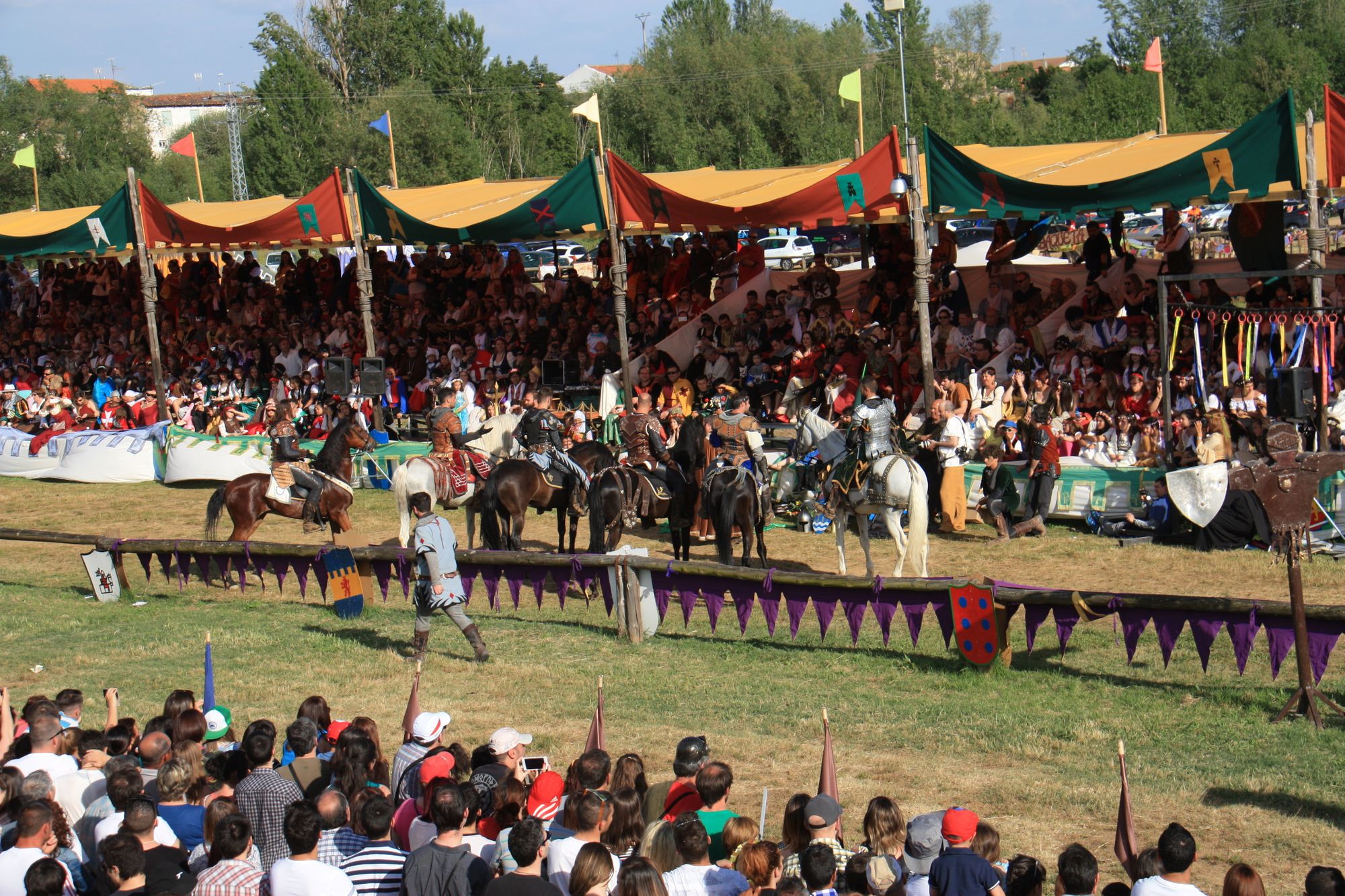
Justas Medievales del Paso Honroso
If you are a pilgrim and walking the Camino de Santiago during the month of May or early June, this would be a fun stop if you like big, noisy celebrations!
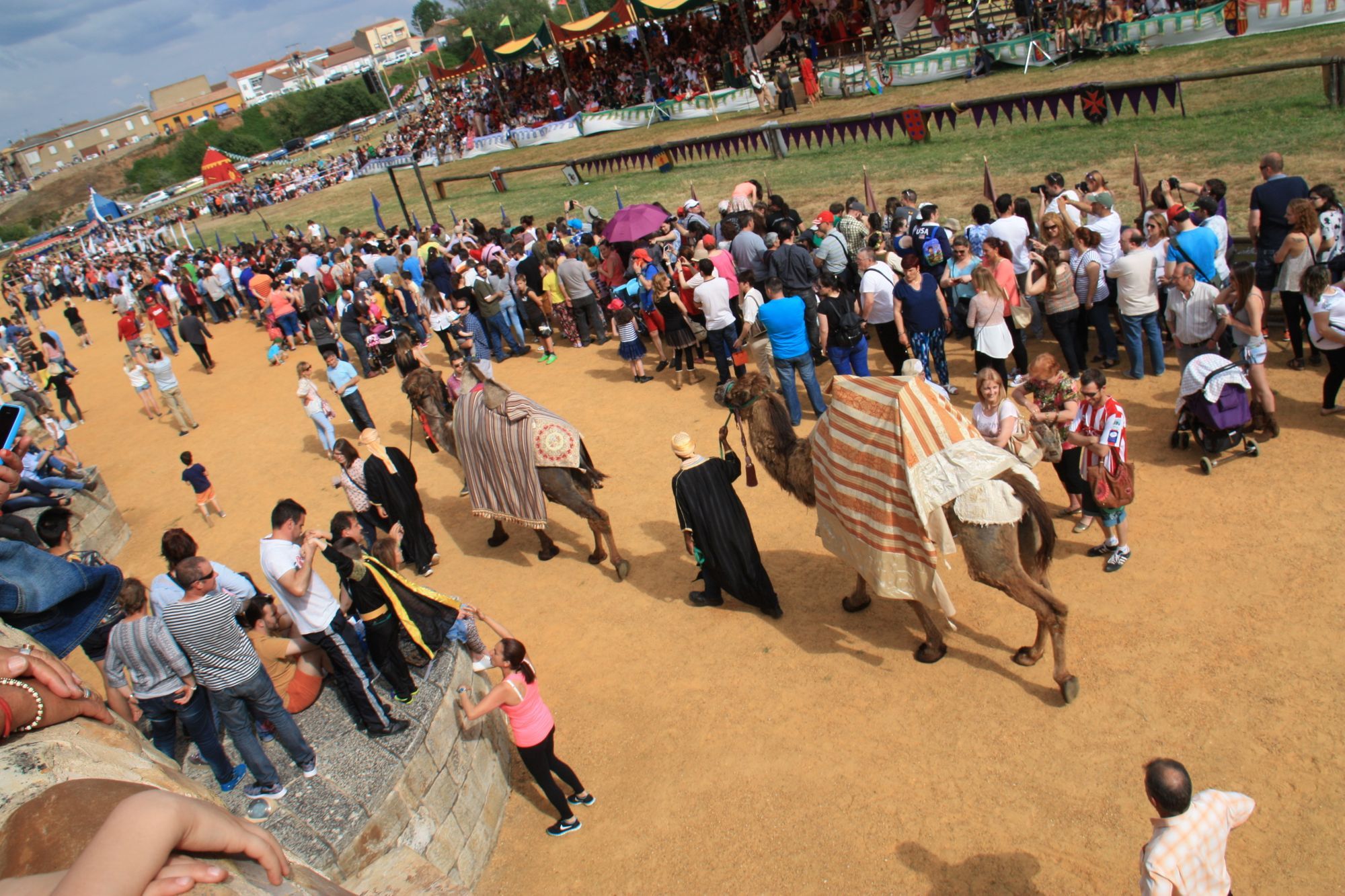
Securing a spot on the bridge is a bit of an endurance game. If you shift even a bit you will lose your spot. Well worth the long wait (1.5 hours), I enjoyed the whole event from this vantage! Bring sunscreen, a drink and umbrella. The Spanish sun is hot!
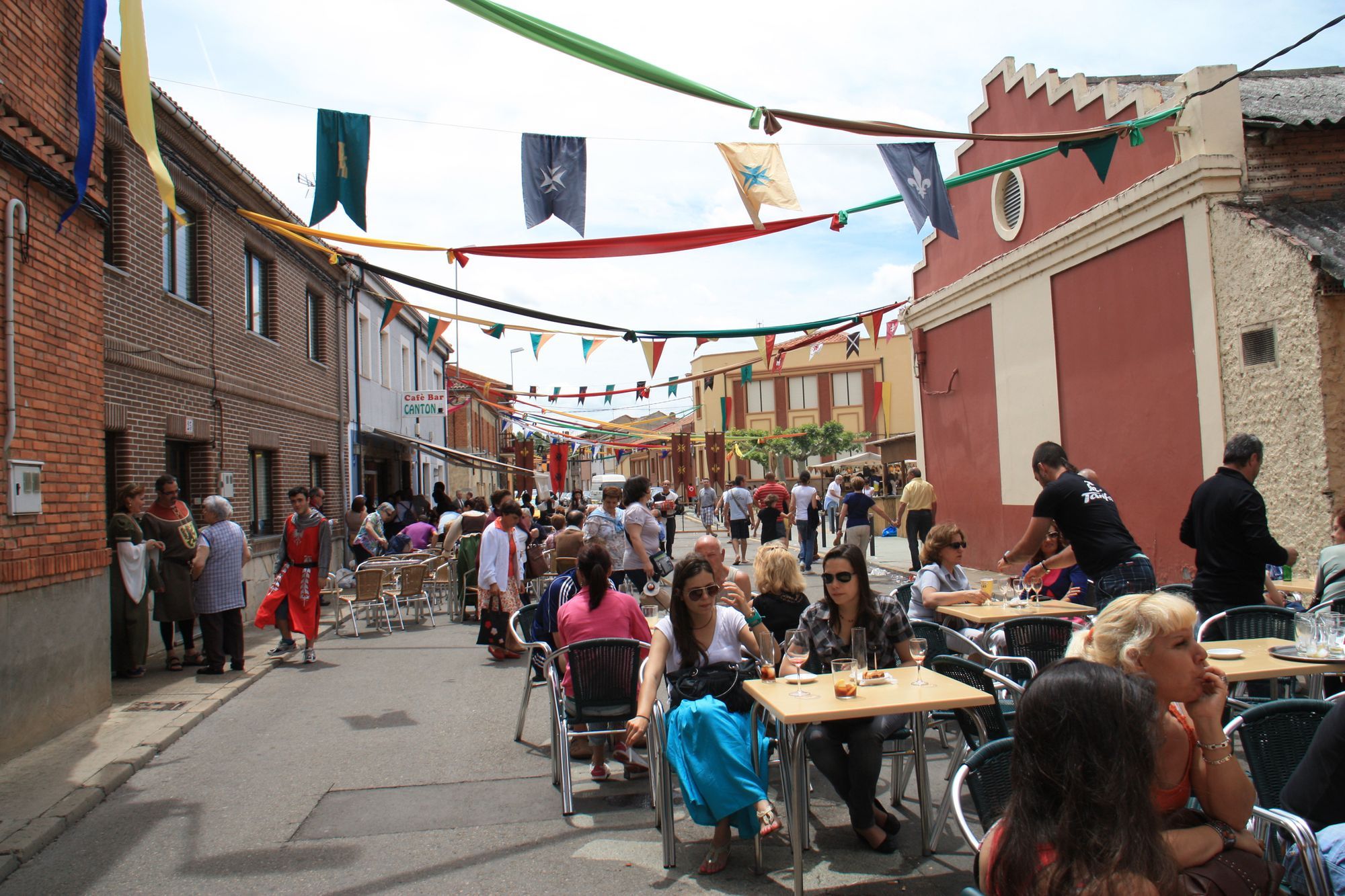
We managed to find a table along this street and enjoyed a cold drink and lunch. The food stalls are plentiful and allow for a wide range of food choices and beverages.
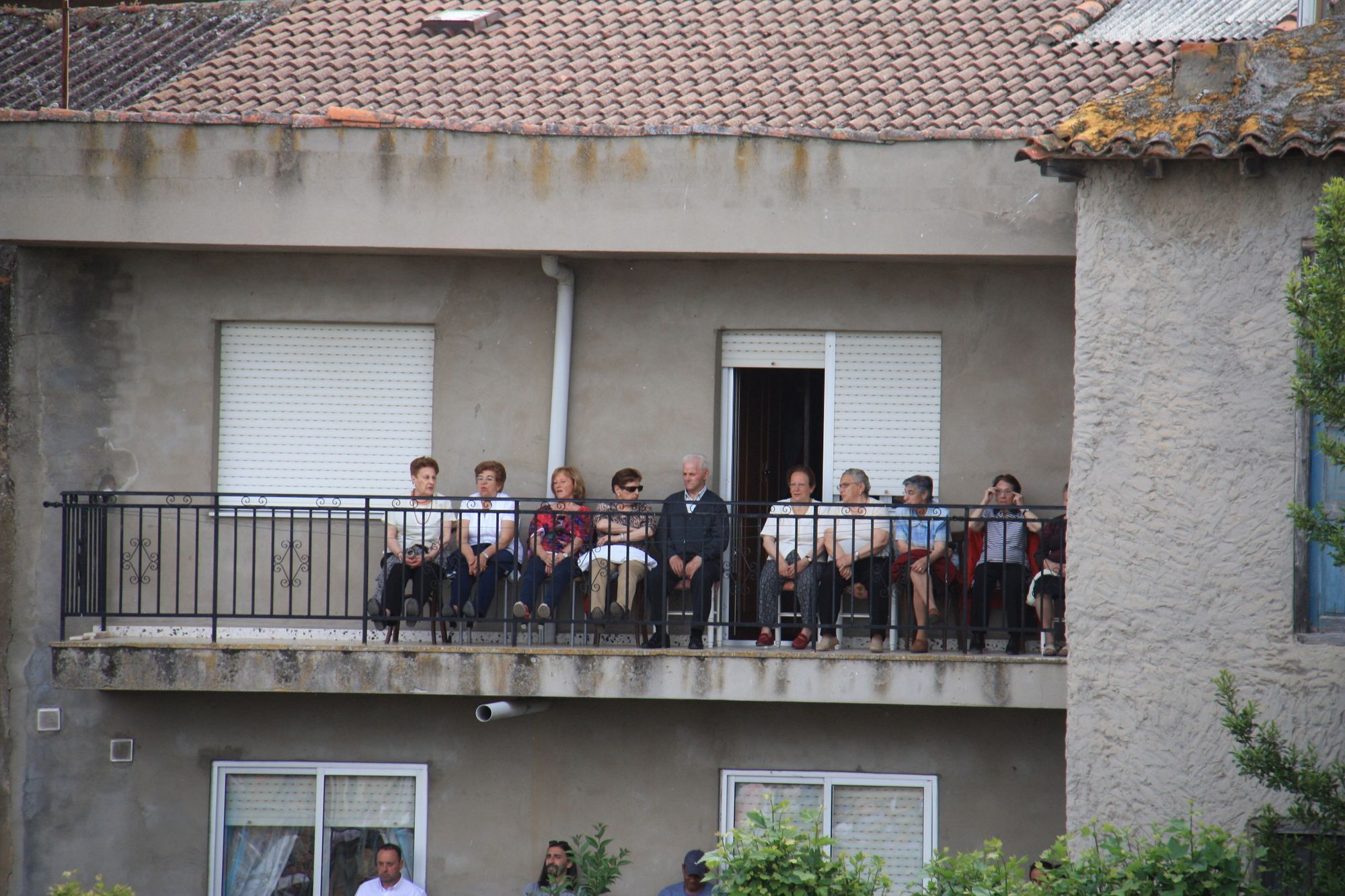
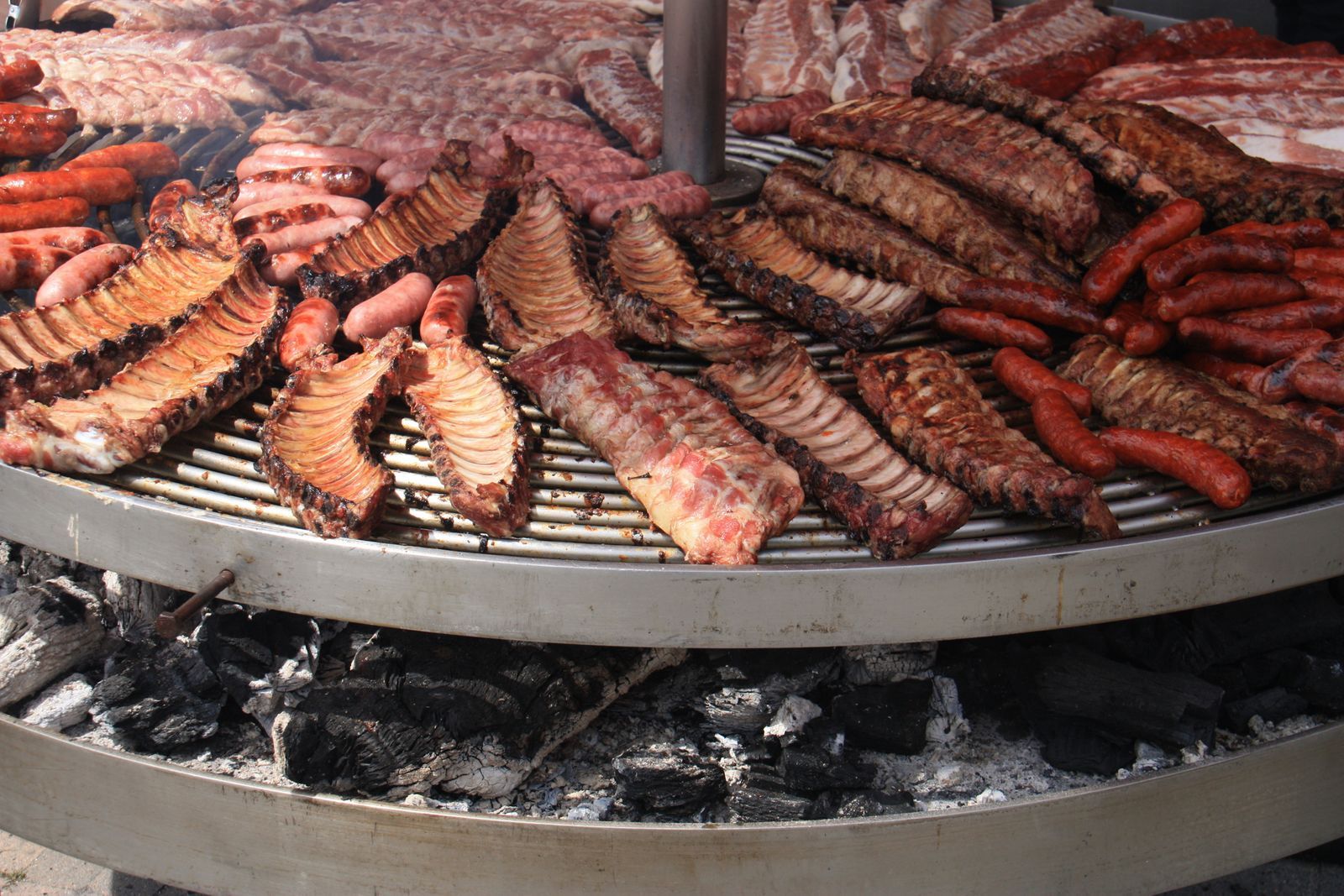
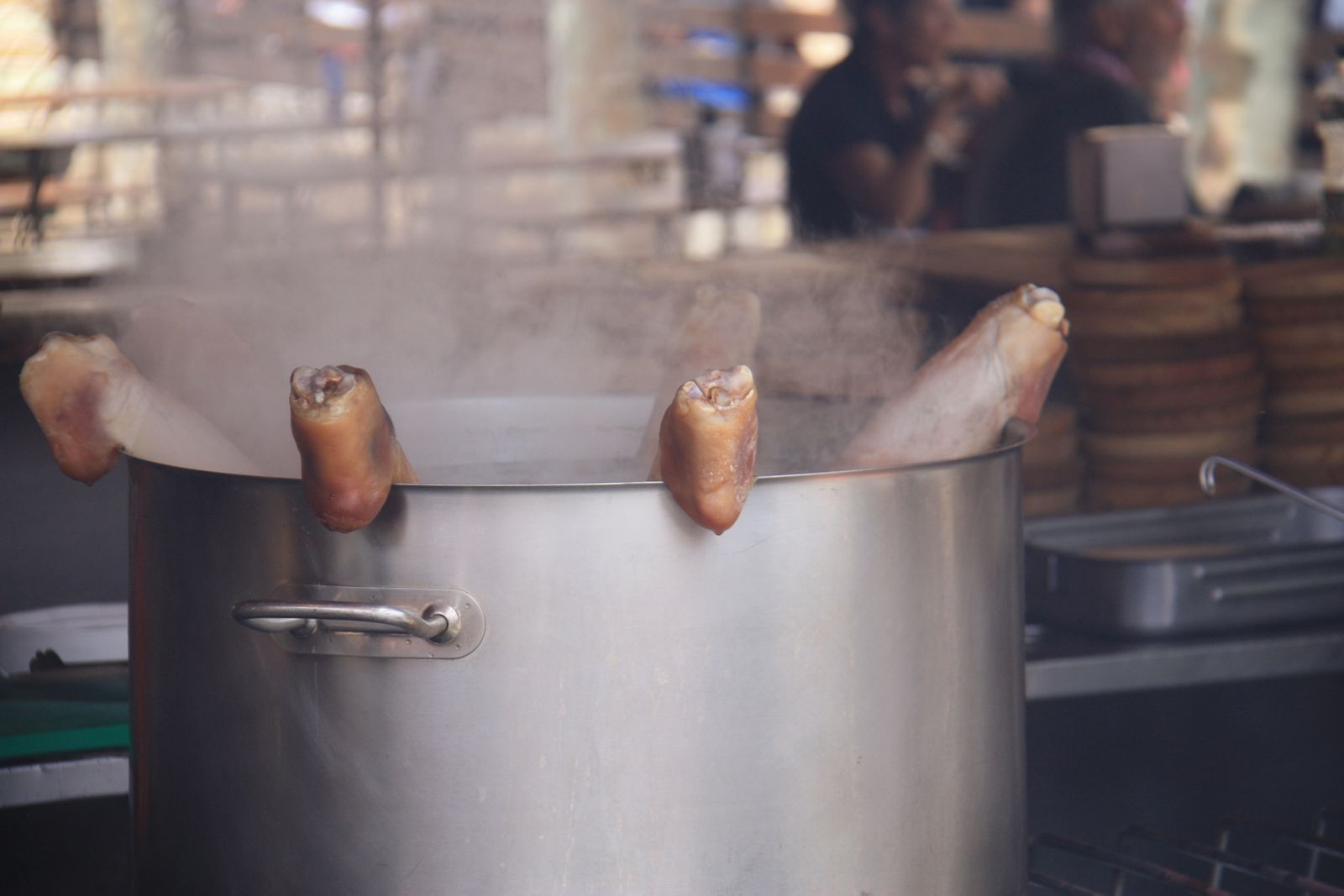
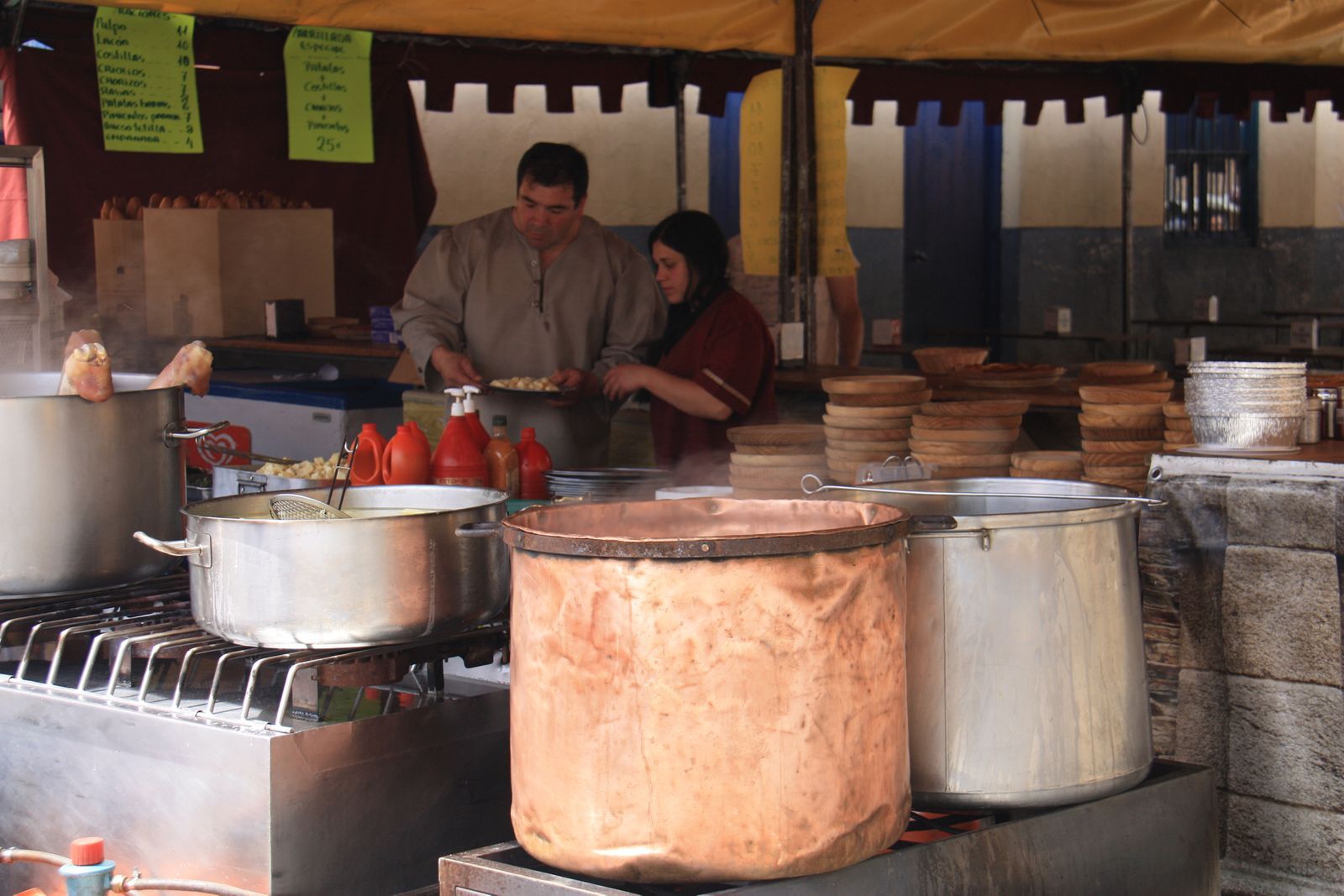
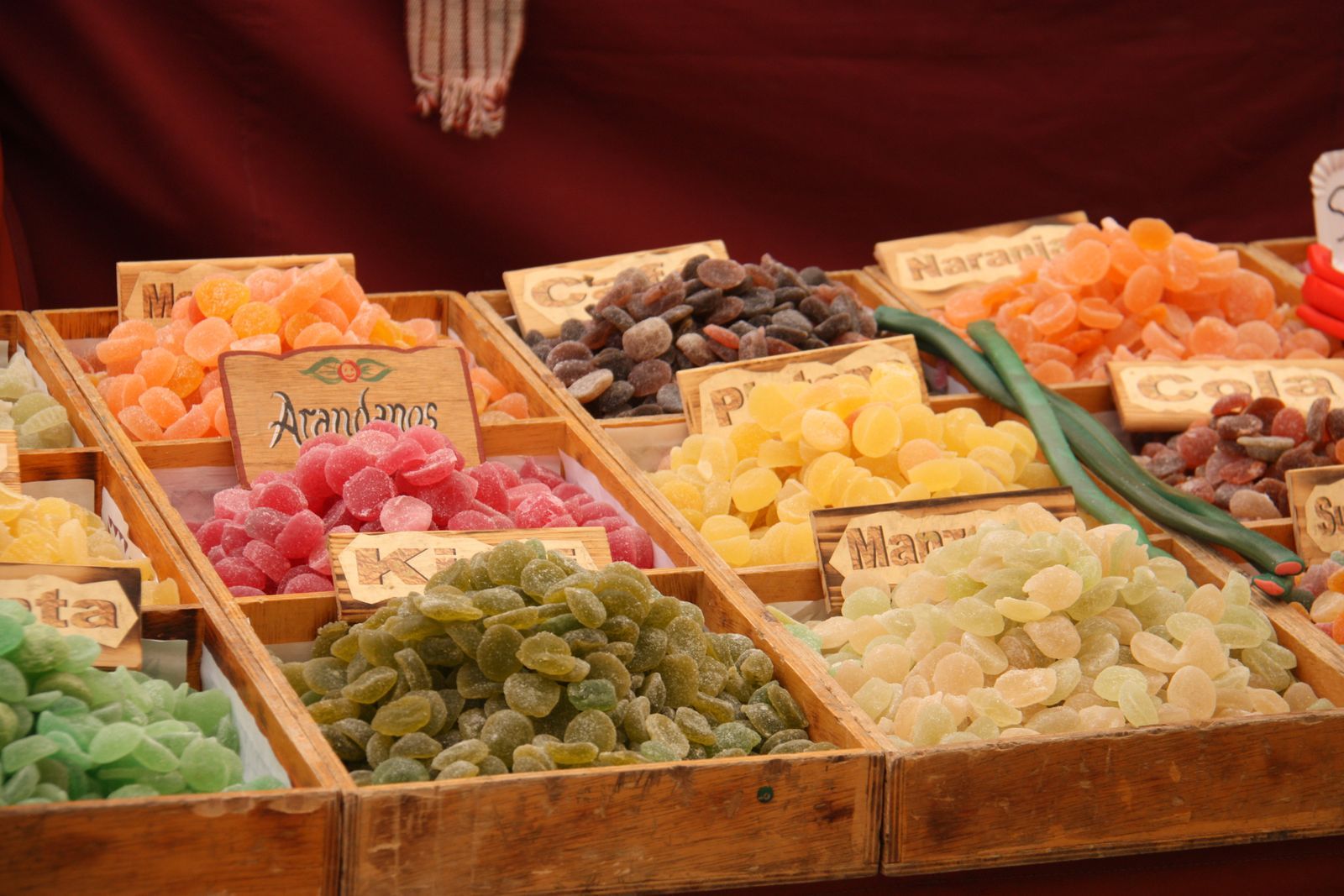
The tournament and parade is on Sunday and the highlight of the weekend. A parade of Pendones, mounted knights ready for their great battle, medieval dancing and folk music cross the bridge and down into the tournament field with great fanfare. With large noisy crowds, food vendors, and lots to see, it makes for a great Sunday!
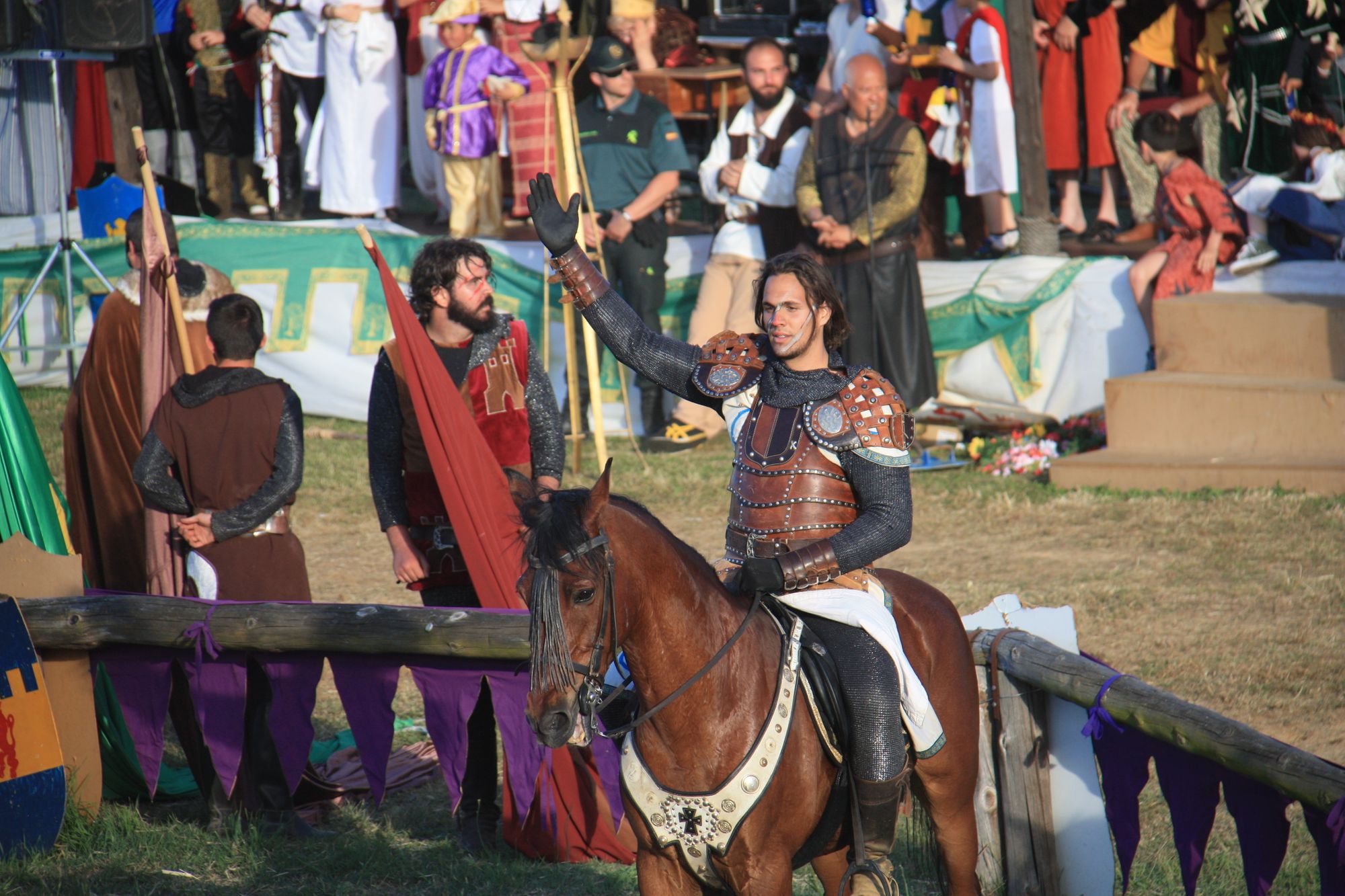
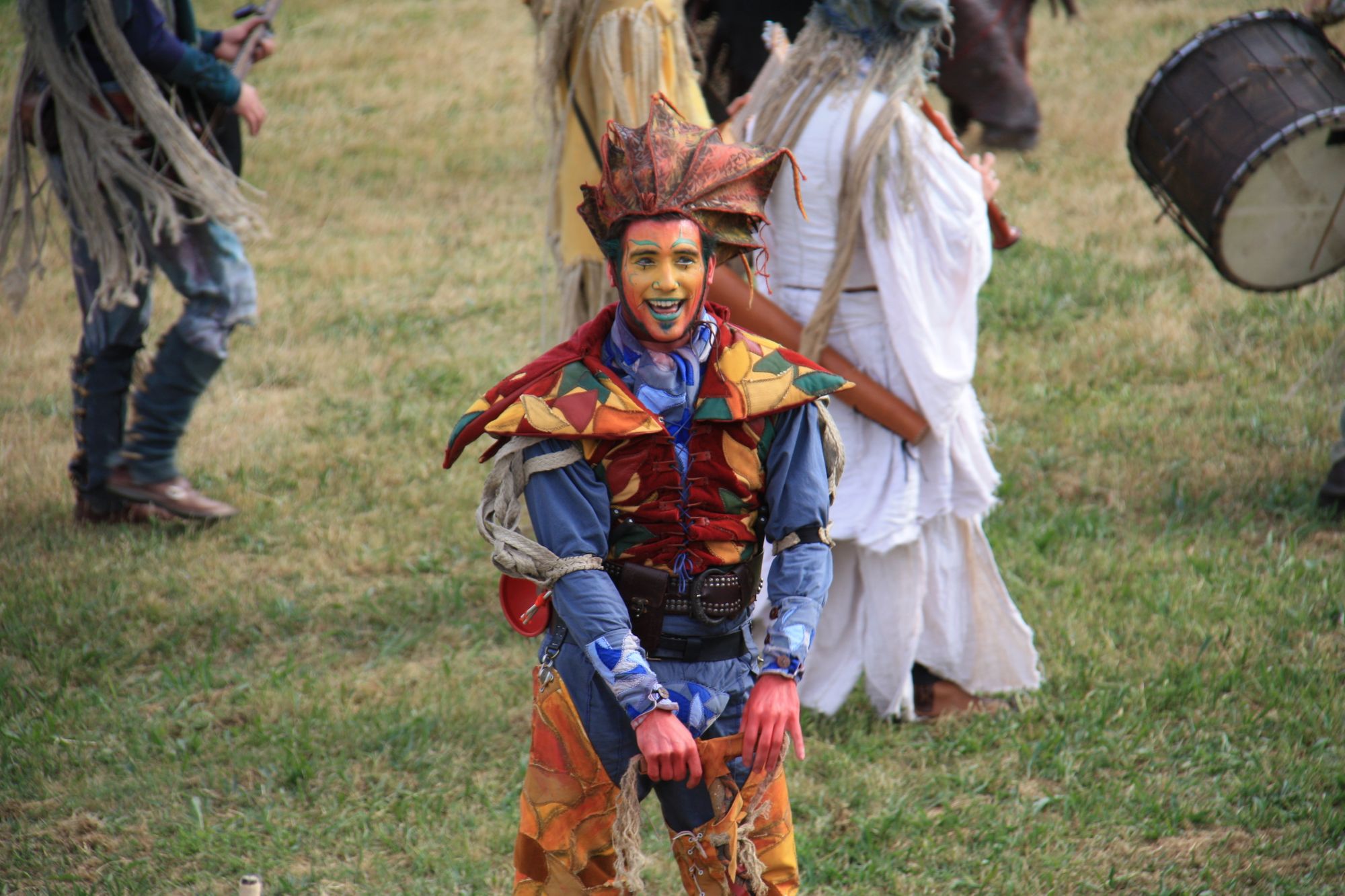
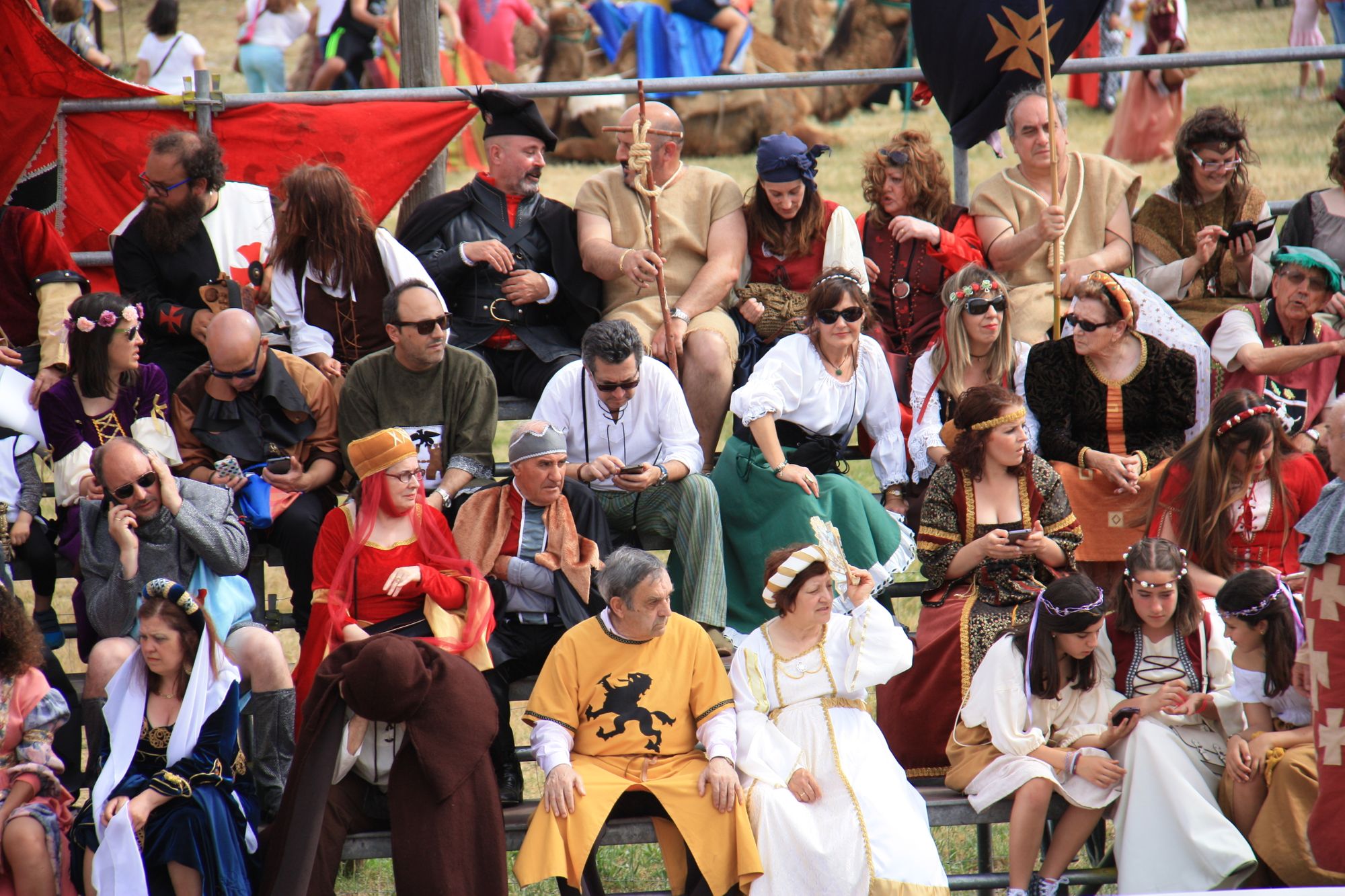
The Pendones (or Leonese Banners) are characteristic of the province of León. Made of a large pole or mast reaching to heights of 13 meters (43 feet), the flag identifies the village or town where it comes from.
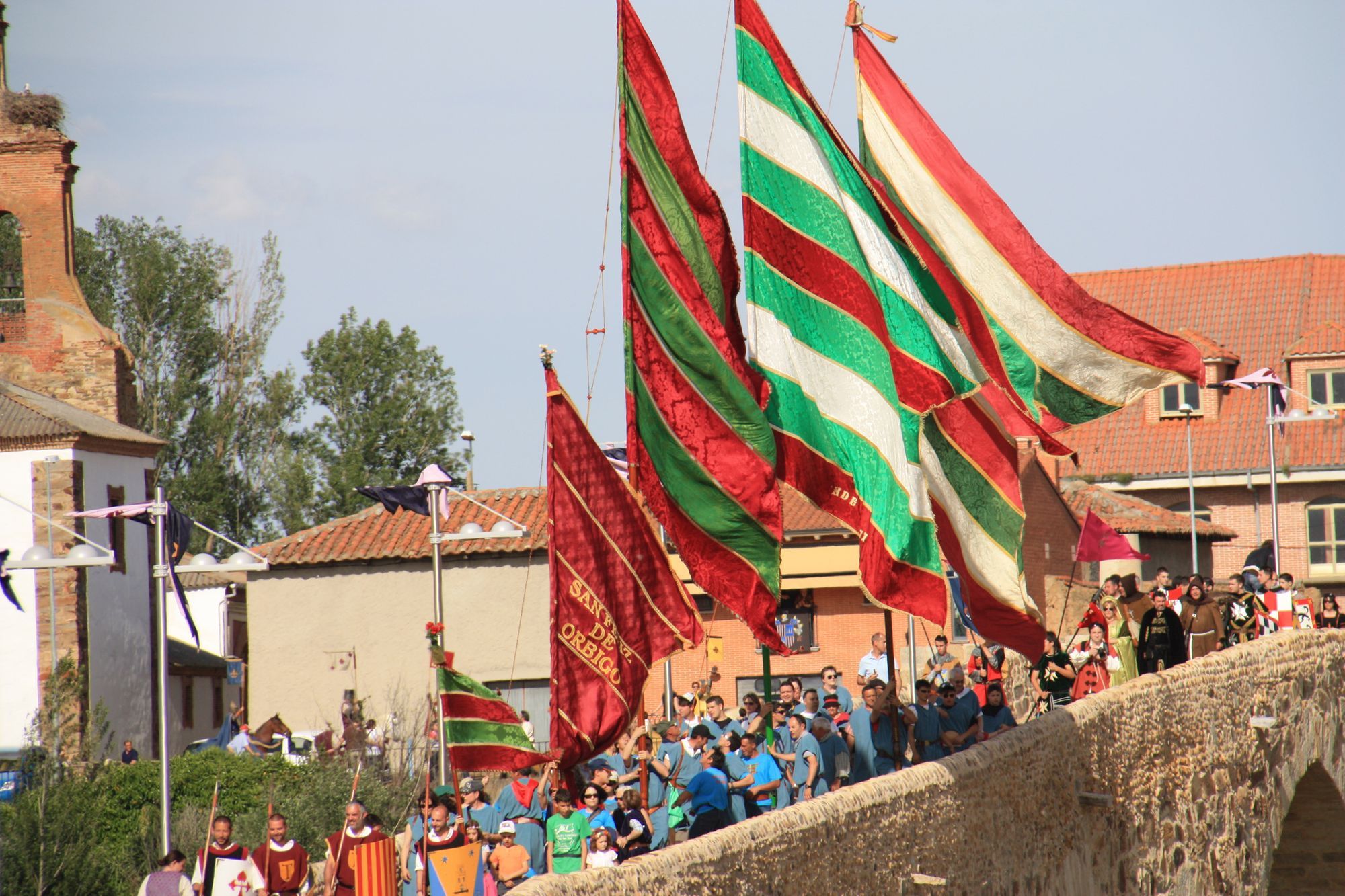
A side-note: I love the white storks or cigüeñas blanca and their enormous nests found in northern Spain! Their favourite nesting places are church bell towers, electricity posts and trees. With a standing height of 39 - 49 inches (0.9 - 1.2 meters) and a maximum wingspan of 7 feet (2.1 meters) these are impressive birds!
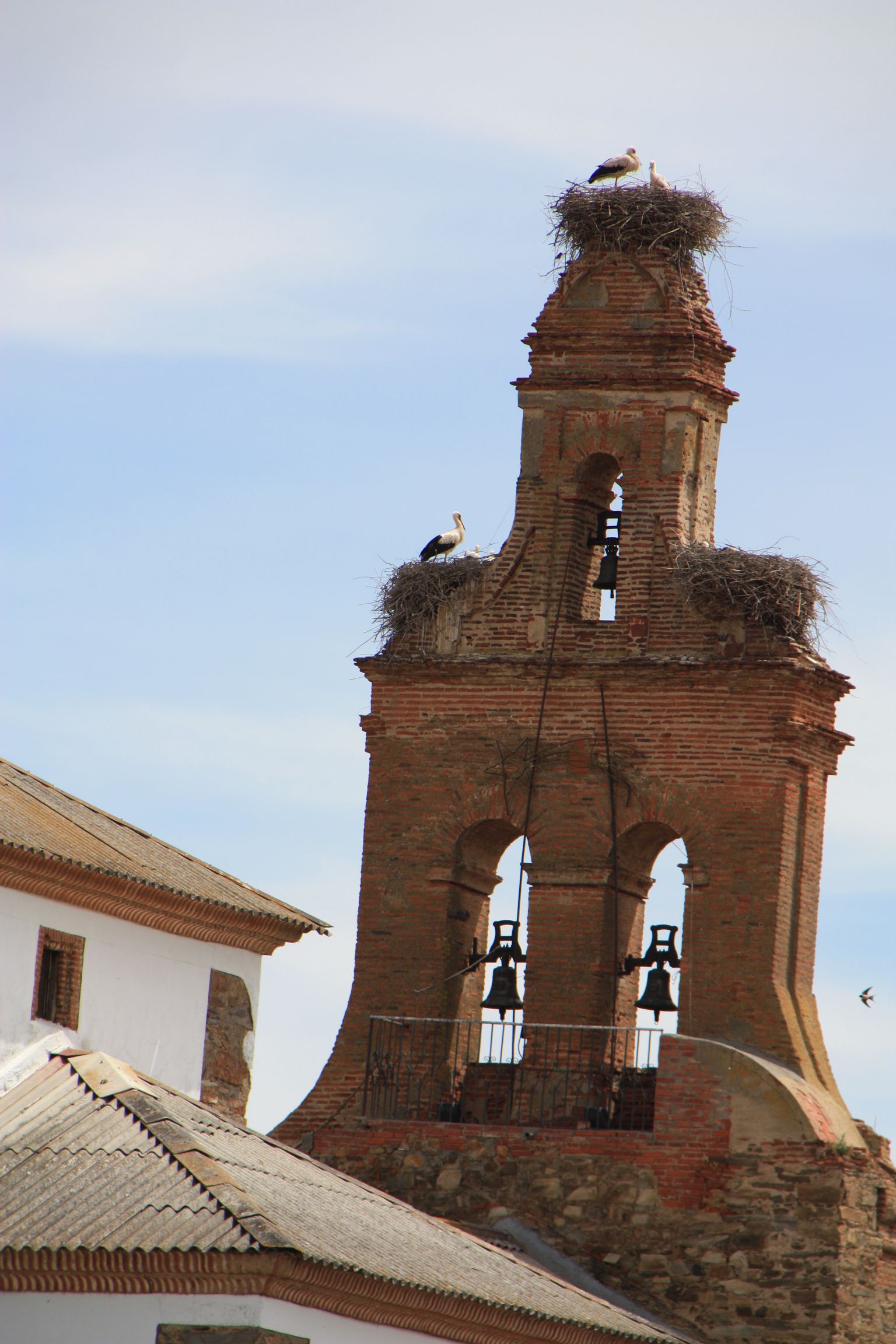
Usually the first Sunday in June is the day of the parade and jousting games. Check with the tourist office in either Astorga or León for the starting time.
Arrive early and be prepared for a long, hot wait. Have water or beer or wine to keep you going!
All three times I went I staked out a spot on the west side of the bridge overlooking the tournament field. If you choose the east side you may be asked to move to let the parade procession through and you will loose your spot!
There is a hotel and restaurant overlooking the tournament field, you could try and get lunch reservations and have a great spot to watch the jousting! I have not eaten or stayed here but the location is fantastic for this festival.

How to get there
This is an easy day trip from León or Astorga. There are places to stay in Hospital de Órbigo, most cater to the pilgrims walking through on the Camino de Santiago.
Parking is difficult to find. I suggest parking outside the town limits and walking in. Another option is public parking in the fields close to the medieval village: follow the parking signs. There are trees for shade and people will rest outside their vehicles between events.
The markets and medieval village closes between 2:00-5:00 PM (ish) for siesta and lunch.





